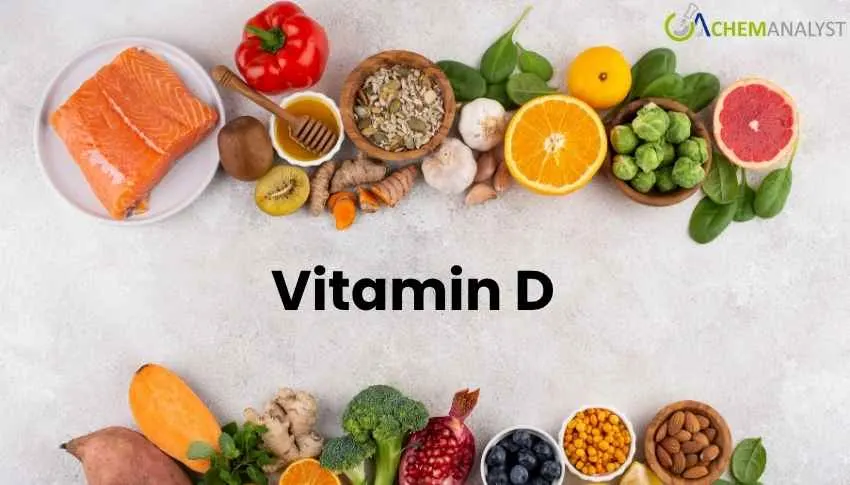Welcome To ChemAnalyst

US Vitamin D market fell 0.8% in the first week of November due to soft demand and plenty of inventory from domestic and imported sources. Chinese export stabilized after softening late October and ample lanolin feedstock was available to support production. Pharmaceuticals, nutraceuticals and personal care sectors maintained baseline demand but not enough to absorb the oversupply and the market sentiment was bearish. Export demand was slow, and buyers delayed bulk orders and FOB New Jersey prices were under pressure. Logistical operations at key ports were smooth and product flow was uninterrupted. Analysts said the small decline was due to the market adjusting to high supply and increased inventory levels. Looking ahead, Vitamin D prices likely to continue trend downward in November as export slows, domestic restocking moderates and soft offtake persists. The market will be cautious and bearish with disciplined supply and measured buying to temper volatility.
The US Vitamin D market dipped slightly in the first week of November due to lack of demand and plenty of inventory from both domestic and imported sources. Participants noted Chinese export influence was moderate and FOB Shanghai prices stabilized after a minor softening in late October. The softness in Vitamin D prices was also due to minor adjustments at domestic manufacturing facilities, which couldn’t offset the lingering oversupply from previous quarters.
In early November, Vitamin D FOB New Jersey decreased 0.8% as buyers were cautious and aligned purchases with inventory levels rather than making aggressive forward commitments. The combination of moderate Asian imports, soft offtake and diversified sourcing of Vitamin D kept participants in a wait and see mode. Lanolin, the feedstock for Vitamin D production, was available and manufacturers could run without cost pressure and tariff truce extensions ensured predictable flow from key Chinese suppliers. Export demand of Vitamin D to overseas markets was slow and that added to the weak market sentiment. Analysts said the current Vitamin D pricing was a market correction to high inventory levels and not a supply chain disruption.
Supply dynamics in the US Vitamin D market were balanced despite the mild decline. Domestic producers managed their inventory efficiently and didn’t risk severe shortages while maintaining premium grade offerings. Ports in New Jersey and other distribution hubs were processing inbound and outbound shipments without congestion and Vitamin D was readily available. Market participants said inventories in major warehouses were sufficient to meet pharmaceutical, nutraceutical, and personal care demand. The balance between stable feedstock and consistent but restrained production allowed Vitamin D to navigate early November with minimal volatility although the market was cautious.
Demand was steady but not strong for Vitamin D. Pharmaceutical, personal care and nutraceuticals continued to take off the regular offtake for Vitamin D for bone health, immune support supplements and fortified products. Winter season preparations triggered some incremental buying, but buyers were cautious and waiting for clearer market signals to place bulk orders. The market was soft due to past months price weakness and no aggressive export inquiries.
Going forward, Vitamin D prices will continue to decline through November. Export of Vitamin D will be slow and domestic buyers will delay procurement as they have enough inventory. Soft offtake in key segments will keep the offers under pressure and overall market will remain bearish. Analysts expect Vitamin D to decline gradually with disciplined supply and measured buying to keep the volatility in check and US market will remain declined for the rest of the month.
We use cookies to deliver the best possible experience on our website. To learn more, visit our Privacy Policy. By continuing to use this site or by closing this box, you consent to our use of cookies. More info.
